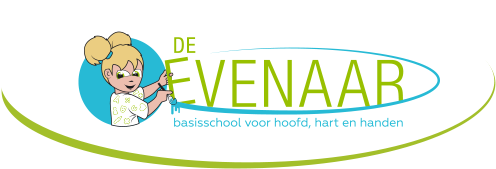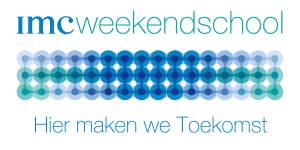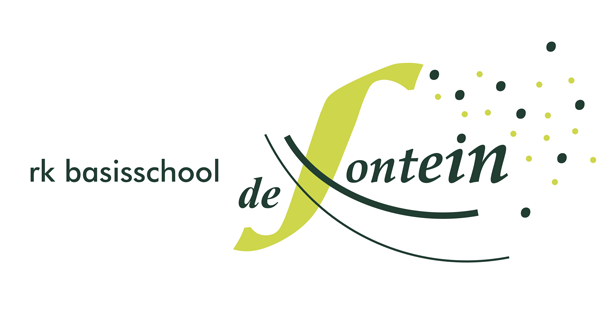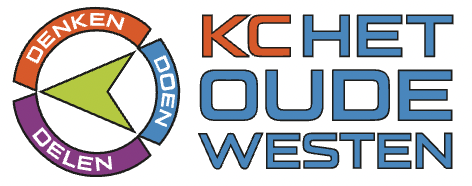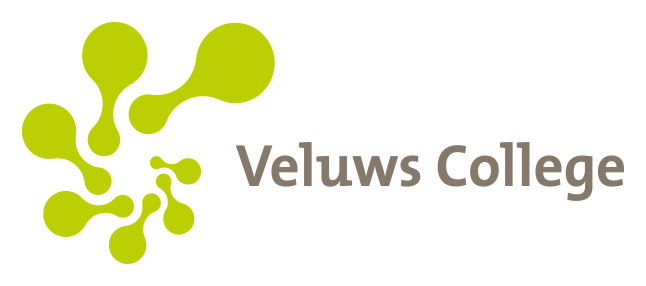Living Library at school
Living Library at school
Introduction
We love to organise Living Libraries in schools. At primary schools, it is possible from the age of 10 years old. We also very much like to go to secondary schools and to universities. Via the Living Library, pupils and students can learn more about diversity and inclusion, in an accessible way, simply by having a conversation with our living books.
Prejudices
Every living book is personally dealing with a certain prejudice. You can for example have a talk with a transgender person, somebody with autism, a refugee, a wheelchair user or an ex-convict. Everything can be asked and questioned in an open conversation, as long as it happens with respect. In the end, the goal is to break prejudices. We always make sure there are living books from different ‘genres’, for example about health, sexuality, gender and ethnicity.
Goals
The primary goal of the Living Library is reduce prejudices. Everyone has prejudices, that is very normal. We do want to create awareness. By having a conversation you learn new things, from a personal perspective. Everybody can choose a living book themselves, for example because you don’t know too much about a certain subject or because you know somebody who is also dealing with a particular subject. Or you are just curious about some topic. Maybe you hear and read a lot about transgender persons, but have you ever spoken to a trans person?
Proven impact
Research from ‘Kennisplatform voor Inclusief Samenleven’, amongst others, has shown that many current anti-discrimination initiatives at (primary) schools are not so effective, or even counter productive. During these lessons usually there is an emphasis on stereotypes and by this way of working, subconsciously, you actually strengthen them. A proven, effective way to promote social inclusion is the ‘contact theory’: meeting somebody from a different social group. The principle of this method is that having a conversation with people who experienced prejudices creates empathy and effectively reduces prejudices. Pupils and students develop more positive feelings towards somebody with for example a different gender, skin color or cultural background. A lot of research has been done to the Living Library and it has been proven effective. Four scientific studies have been published and they were all positive. There was also a specific research to our Living Library at School program. Read more about it here.
Why start from age 10-12?
Children from 10 years of age go through an enormous social development. At this age they learn how to function in a group and they start to discover their social identity: to which group do I belong? How do others see me? How do I see the other? Next to that, children start to to think about what it means to be a good person. They learn what are their norms and values. By reaching children in this age group a basis can be laid out for respect towards people from ‘other groups’. Ten year olds understand what it means to be ‘different’ and and they have the right social and emotional skills to learn how to respect somebody and to be curious about who the other person really is.
In practise
We will always talk about specific wishes, but normally a Living Library takes about two hours. We start with a central introduction and after that the pupils or students start their conversations with the living books, in groups of maximum 5 persons per living book. The readers choose the book themselves, according to their preferences. After a short break the pupils or students can choose a new book, for the second round of conversations. Finally there is a central closing, with a reflection moment. A group conversation with a living book lasts 25-30 minutes and can optionally be prolonged with 10 minutes. It is recommended that people have two conversations. It is however also possible that new people enter the room for the second round of conversations. Logically, the introduction is repeated then.
For age 10-12
In the week before the Living Library, the pupils of age 10-12 at primary schools will fill out questions and read information in the working book we have specifically developed for this purpose. It consists of short tasks and it takes maximum three hours. At the end of the week the Living library will take place.
Reaction of a pupil
“I always thought depression is very dark, and that the person would only like black colors, and that you are always alone. But now I know that it can be compared with beging sick, and that you also can get better.”
Educational Goals
The Dutch government is using mandatory educational goals for schools in the Netherlands. For primary education key objective 38 is relevant:
“The students learn the main issues about the most important life philosophies in the Dutch multicultural society, they learn how to deal with differences of opinion in a respectful way and they learn how to respectfully deal with sexuality and diversity in the society, including sexual diversity.”
For secondary education key objective 43 is relevant:
“The student learns about similarities, differences and changes and culture and life visions in the Netherlands, learns how to connect that to their own and others way of living, learns about the value of respect for each others opinions and life visions for the society and learns how to respectfully deal with sexuality and diversity in the society, including sexual diversity.”
The Living Library connects seamlessly with this. By having a conversation with people who regularly deal with prejudices empathy is being developed and and respect for diversity is improved. As mentioned about, the concept is scientifically proven effective.
Reaction of a teacher
I saw that there was mutual respect and that it made a big impression on the children. What touched me most was that this concept increases connection, understanding and respect in society. This is very important for the pupils. I also find it so beautiful that the living books are willing to share their story to help others.
Are you interested? Let’s get in touch!
Earlier, we organised Living Libraries for:









